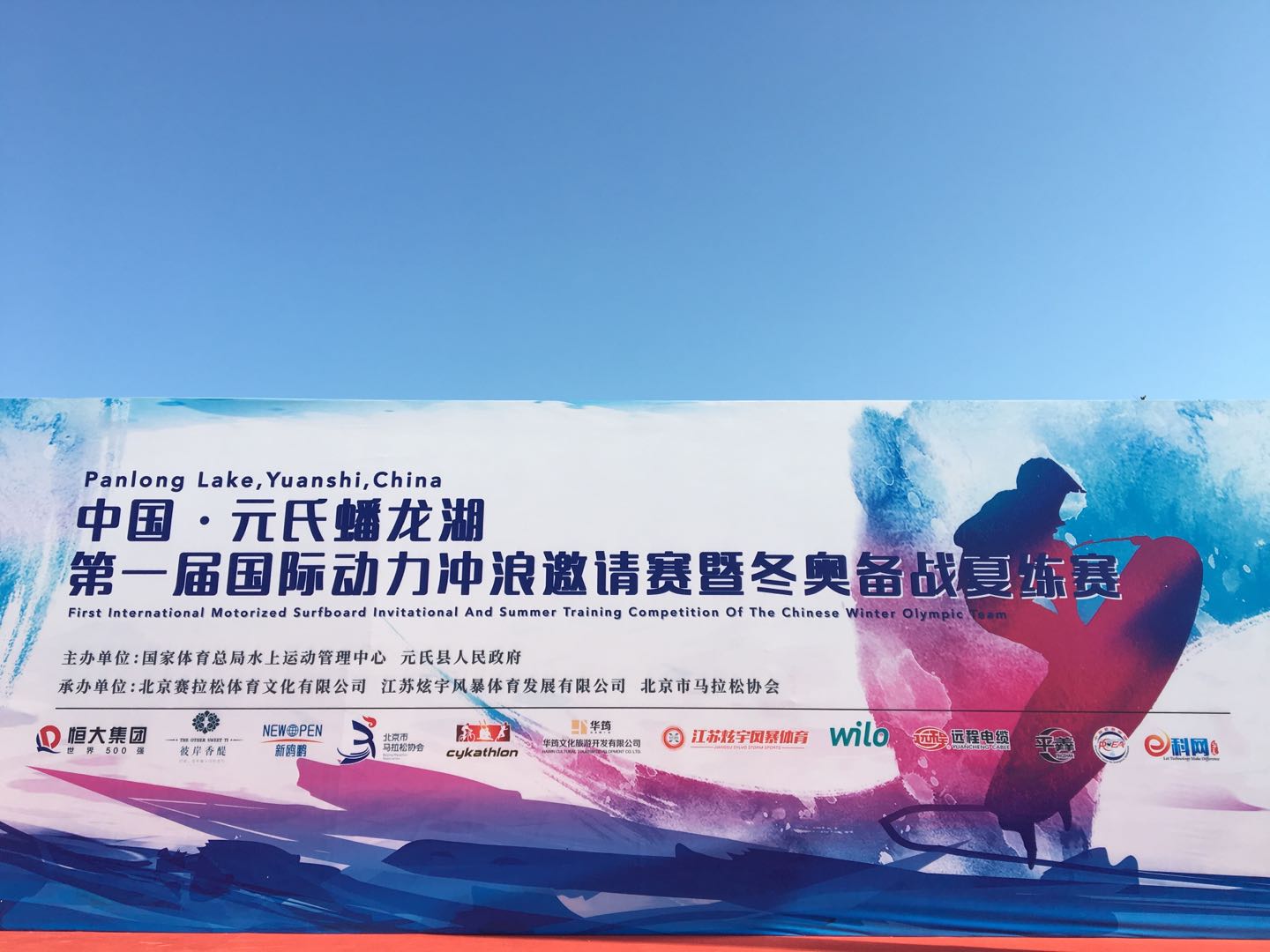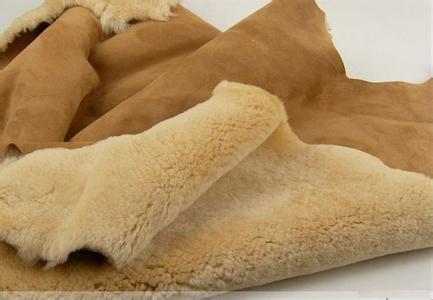Supramolecular fluorescent hydrogels (SFH) have shown great potential as detecting probes for biomedical applications such as cell imaging, disease diagnosis, bio-sensing etc. This review aims to summarize the recent developments and trends in SFH, investigations of their preparation methods, fluorescent properties of SFH, their prospective applications and interactions involved in SFH based bio-imaging, along with the perspectives on future opportunities and the remaining challenges confronting this research field. After a brief introduction, the categories of SFH, such as fluorescent gelators (self-assembly) and dyes diffused into the matrix of gelators (co-assembly), are illustrated. Various possible uses of SFH as a bio-imaging tool have been realized by their non-covalent interactions like aromatic–aromatic interactions, hydrogen bonding, and hydrophobic interactions etc. More importantly, the uses of SFH in helping address major questions about the consequences of the fluorescent molecules, comprising enzymes and bola-amphiphiles, are also described. This review will serve as a rationalized introduction and reference for researchers who are interested in exploring SFH as bio-imaging probes and will motivate new designs along with instigation of persistent efforts in this hot subject area with great prospects.
 一种新的蒸汽动力循环研究zhongwu2016 2016-11-03
一种新的蒸汽动力循环研究zhongwu2016 2016-11-03  【亿科创新智库】冬奥夏练动力冲浪顶级赛事登陆河北元氏巢博士 2018-09-27
【亿科创新智库】冬奥夏练动力冲浪顶级赛事登陆河北元氏巢博士 2018-09-27  航空材料重大突破!南京理工大学成功研制新型钛铝合金爱因斯坦 2016-06-22
航空材料重大突破!南京理工大学成功研制新型钛铝合金爱因斯坦 2016-06-22  [技术咨询]羊皮辊涂(逆涂)工艺e科网 2015-11-03
[技术咨询]羊皮辊涂(逆涂)工艺e科网 2015-11-03  10年磨一剑,上海交大揭示飞机结冰规律,成果已应用于C919王强 2016-06-23
10年磨一剑,上海交大揭示飞机结冰规律,成果已应用于C919王强 2016-06-23  【亿科创新智库】生态农业项目:中国农大生态养殖技术及其产业化巢博士 2017-12-28
【亿科创新智库】生态农业项目:中国农大生态养殖技术及其产业化巢博士 2017-12-28 